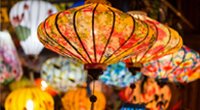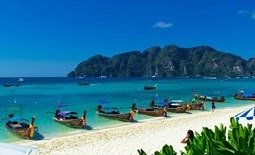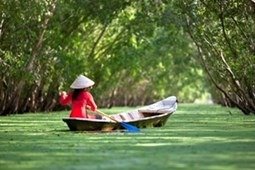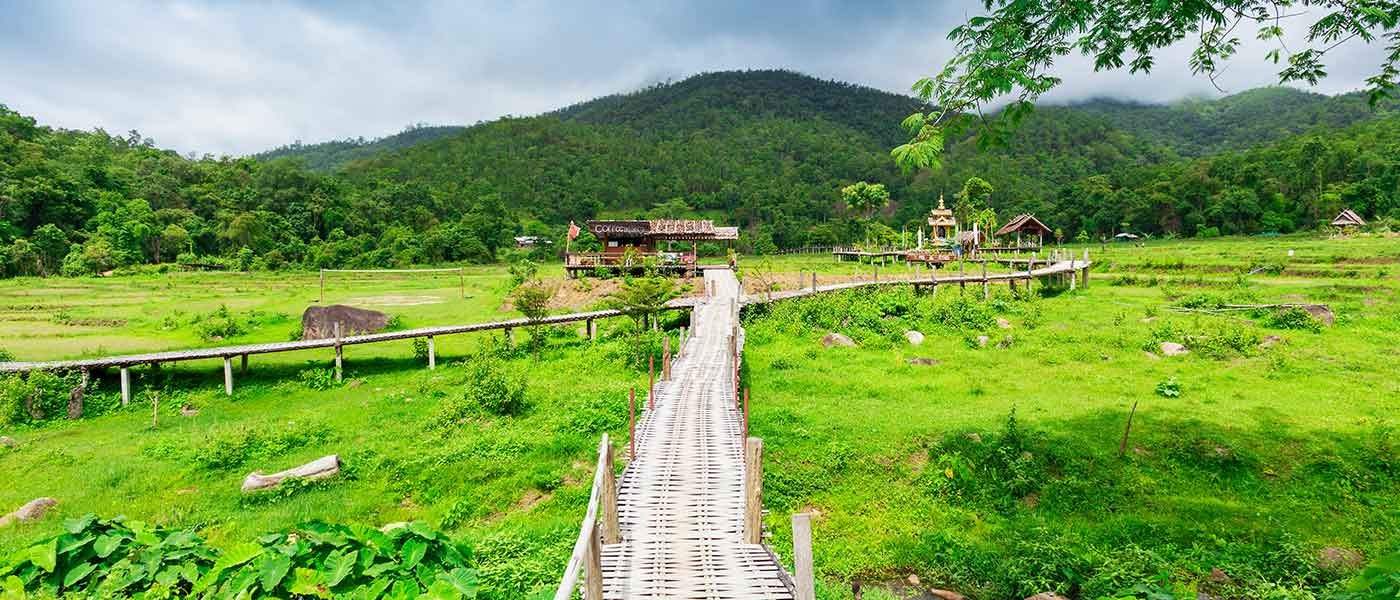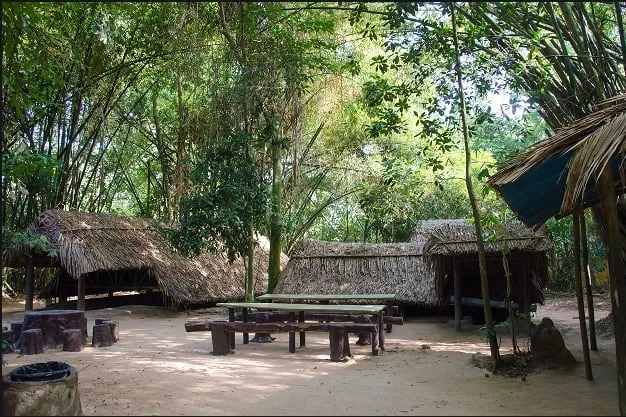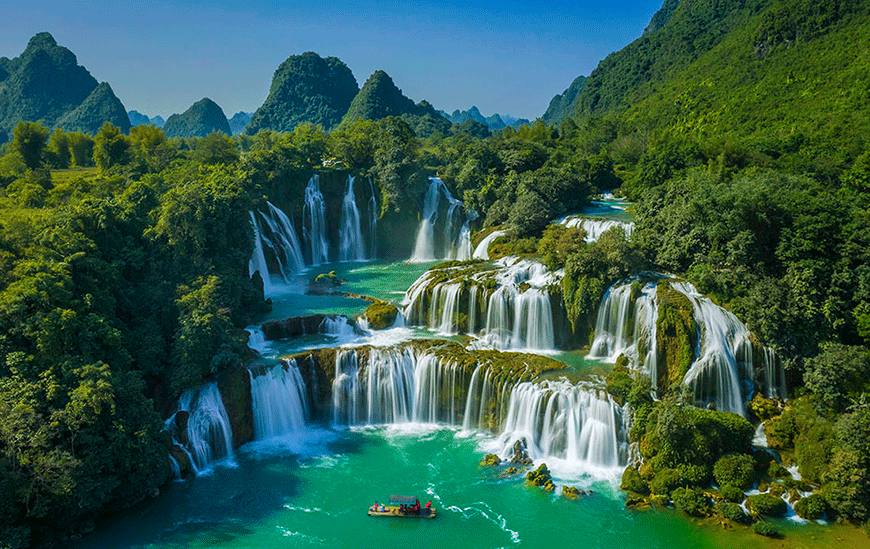Contents
ToggleOverview of Pai
Nestled in the mountains of Mae Hong Son Province, near the Myanmar border, Pai is a small yet enchanting town that captivates travelers with its peaceful charm.
Unlike bustling Chiang Mai or Chiang Rai, Pai has preserved much of its heritage and offers a slower pace of life. The town reflects a rich cultural blend of Thai, Shan, and ethnic minority influences, making it a unique spot to experience northern Thailand’s diversity.
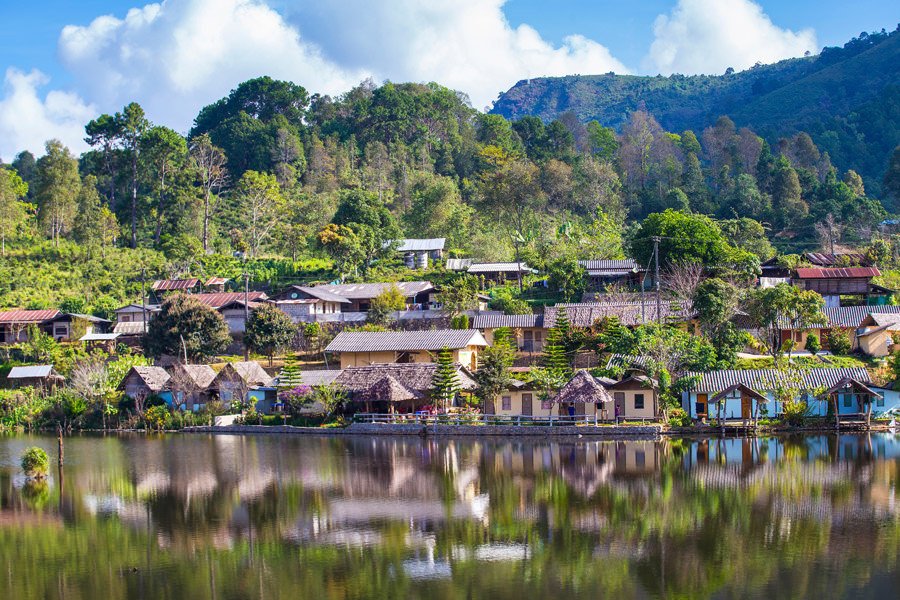
What Attracts Travelers to Pai
🌿 Nature
Surrounded by lush valleys and misty mountains, Pai feels like a storybook escape from Thailand’s busy cities.
🏯 Culture
Pai’s cultural depth comes from its Thai–Shan roots:
- Temples: Wat Nam Hoo and Wat Klang showcase multi-tiered Shan-style architecture and intricate carvings.
- Markets: A hub for handwoven textiles and Shan handicrafts.
- Festivals: The annual Pai Music Festival blends Thai and Shan traditions.
- Cuisine: Local Shan-inspired dishes like khao soi (rich coconut curry noodle soup) bring extra spice and warmth to Pai’s food scene.
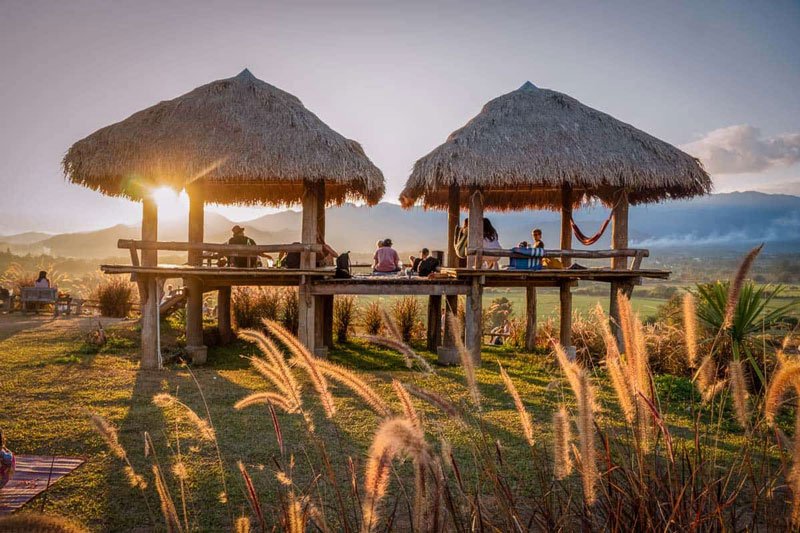
Getting to Pai: Transport Tips
🚍 From Bangkok to Pai
- By Plane: Several daily flights connect Bangkok to Chiang Mai, followed by a minivan, bus, or private transfer to Pai.
- Direct Bus: Around 10–12 hours (~€10). A long haul—best for longer stays.
🚐 From Chiang Mai to Pai
Pai is 128 km from Chiang Mai and the most common entry point.
- Minivan: Frequent departures daily (~€12). The ride takes 3–4 hours with winding mountain roads—front seats are most comfortable.
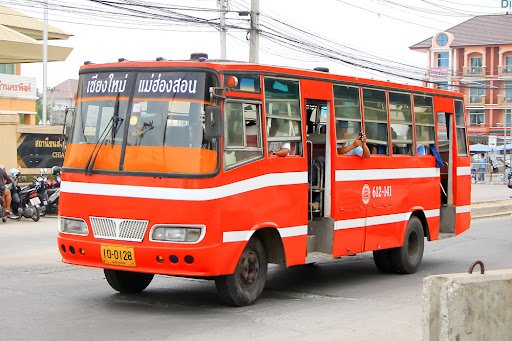
Best Time to Visit Pai
- November–February (Cool Season): The best time, with mild temperatures (15°C–30°C). Perfect for trekking, sightseeing, and exploring nature.
- November: Post-monsoon greenery makes the landscapes especially lush.
- December–February: Peak tourist season—busier, but still atmospheric.
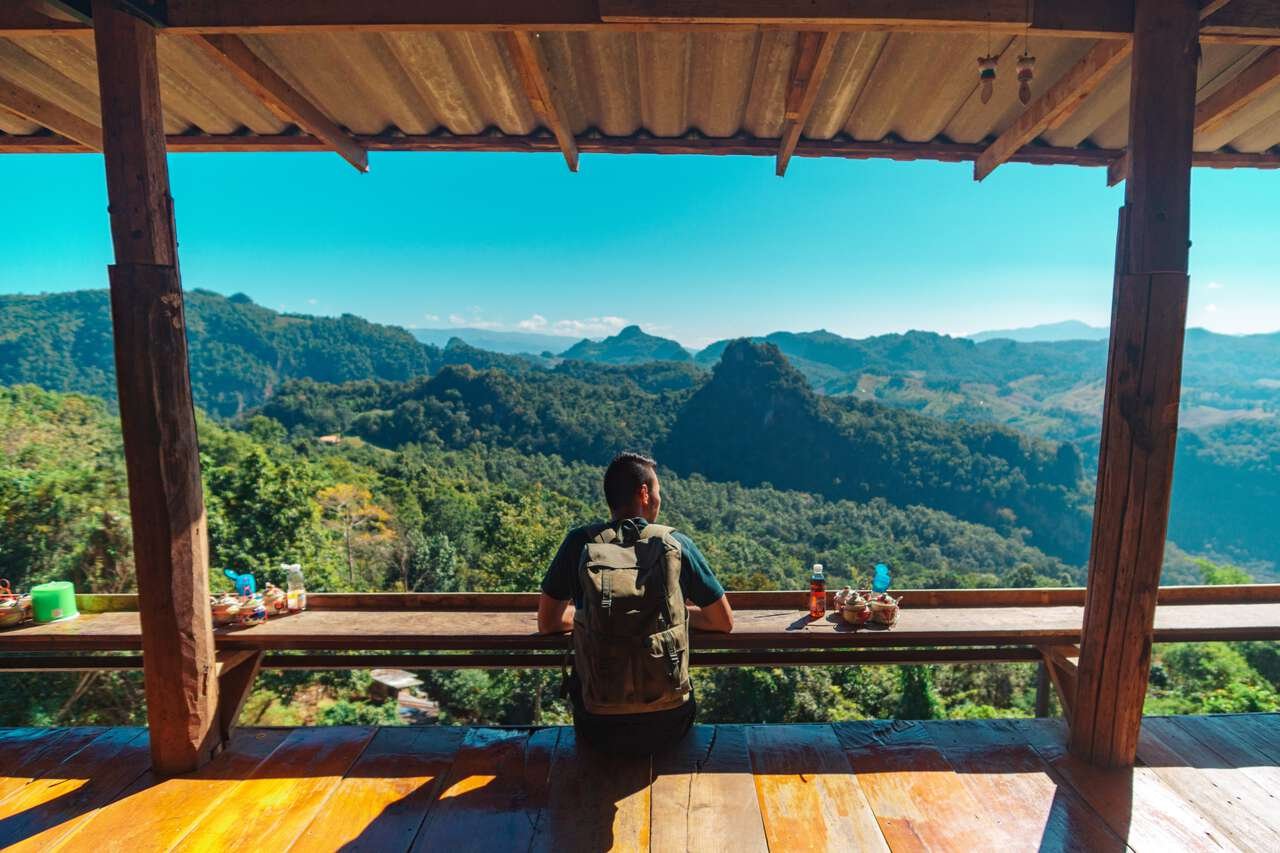
Top Attractions & Activities
- Thai Pai Hot Springs – Natural mineral pools for soaking and relaxation.
- Pai Canyon (Kong Lan): Red sandstone ridges and stunning sunset views.
- WWII Memorial Bridge: A Japanese-built relic turned photo spot.
- Pai Walking Street: Night market with food stalls, crafts, and live music.
- Tham Lod Cave: A massive cave explored by bamboo raft.
- Wat Phra That Mae Yen (White Buddha): Hilltop statue with sweeping valley views.
- Mor Paeng Waterfall: Popular for swimming and picnics.
- Wat Sri Don Chai: A unique blend of Lanna and Burmese temple design.
- Mae Hong Son Loop: Scenic motorcycle route through winding mountain roads.
- Elephant Nature Park: Ethical sanctuary to interact with rescued elephants.
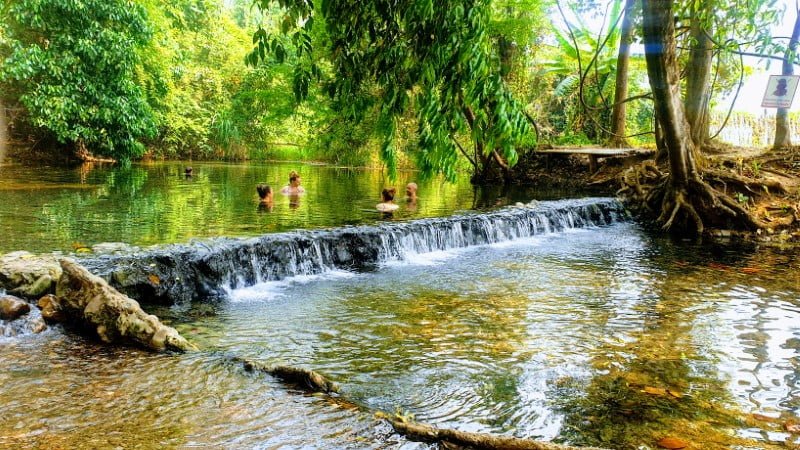
Pai’s Culinary Delights
Pai’s food reflects its northern Thai, Shan, and global influences. Don’t miss:
- Khao Soi: Creamy coconut curry noodles.
- Khanom Jeen Nam Ngiao: Rice noodles in a tangy tomato-based broth.
- Sai Oua: Spicy northern Thai sausage with herbs.
- Jok (Rice Porridge): Comforting breakfast dish with egg, ginger, and scallions.
👉 Head to Pai Walking Street Night Market for the best street food, snacks, and local flavors.
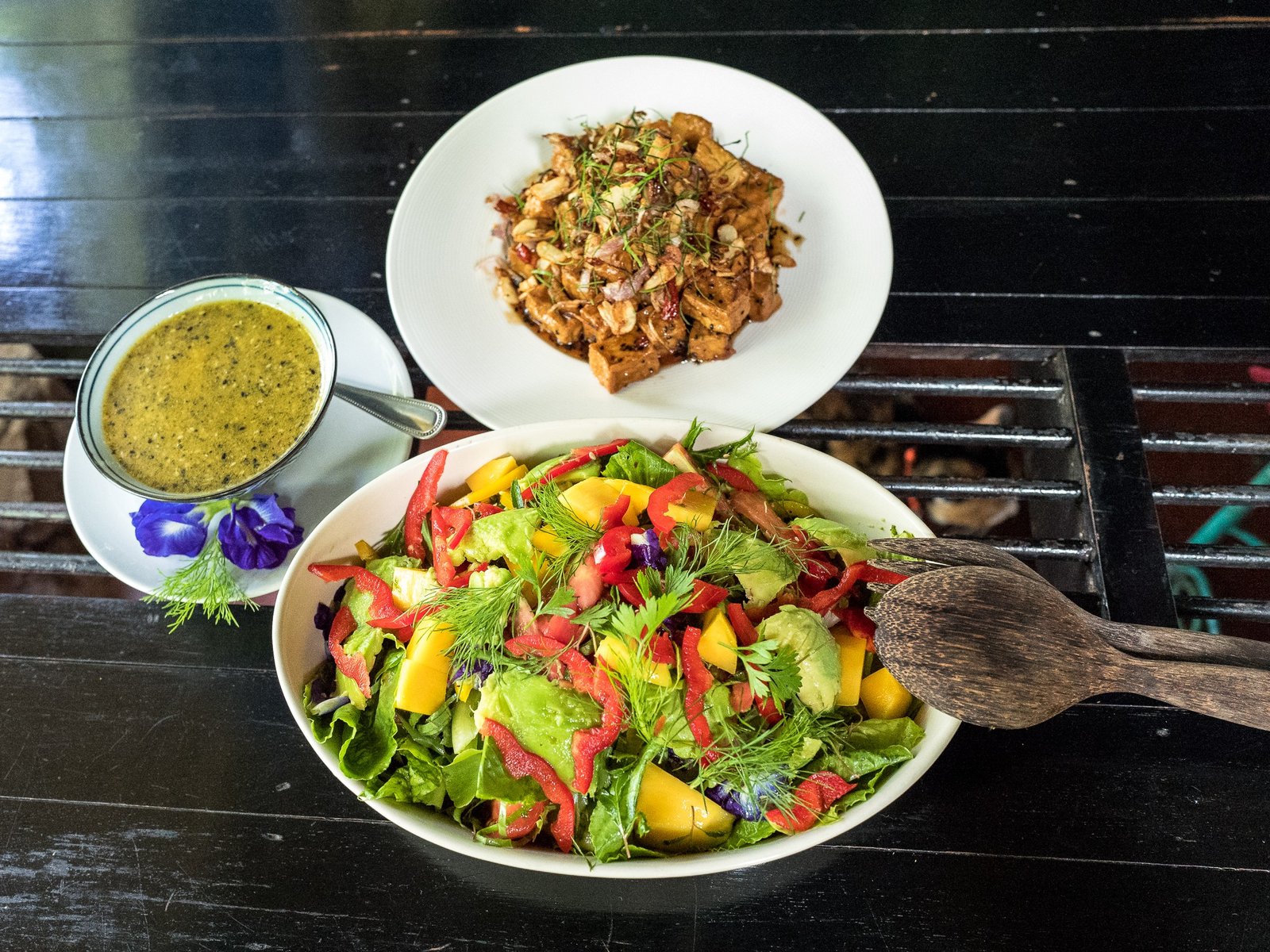
Where to Go After Pai
- Mae Hong Son: The provincial capital, known for Burmese-style temples and serene mountain scenery.
- Ban Rak Thai: A lakeside village near the Myanmar border, famed for tea plantations and misty mornings.
- Chiang Mai: A lively hub of temples, markets, and nightlife — the perfect contrast to Pai’s slow-paced charm.
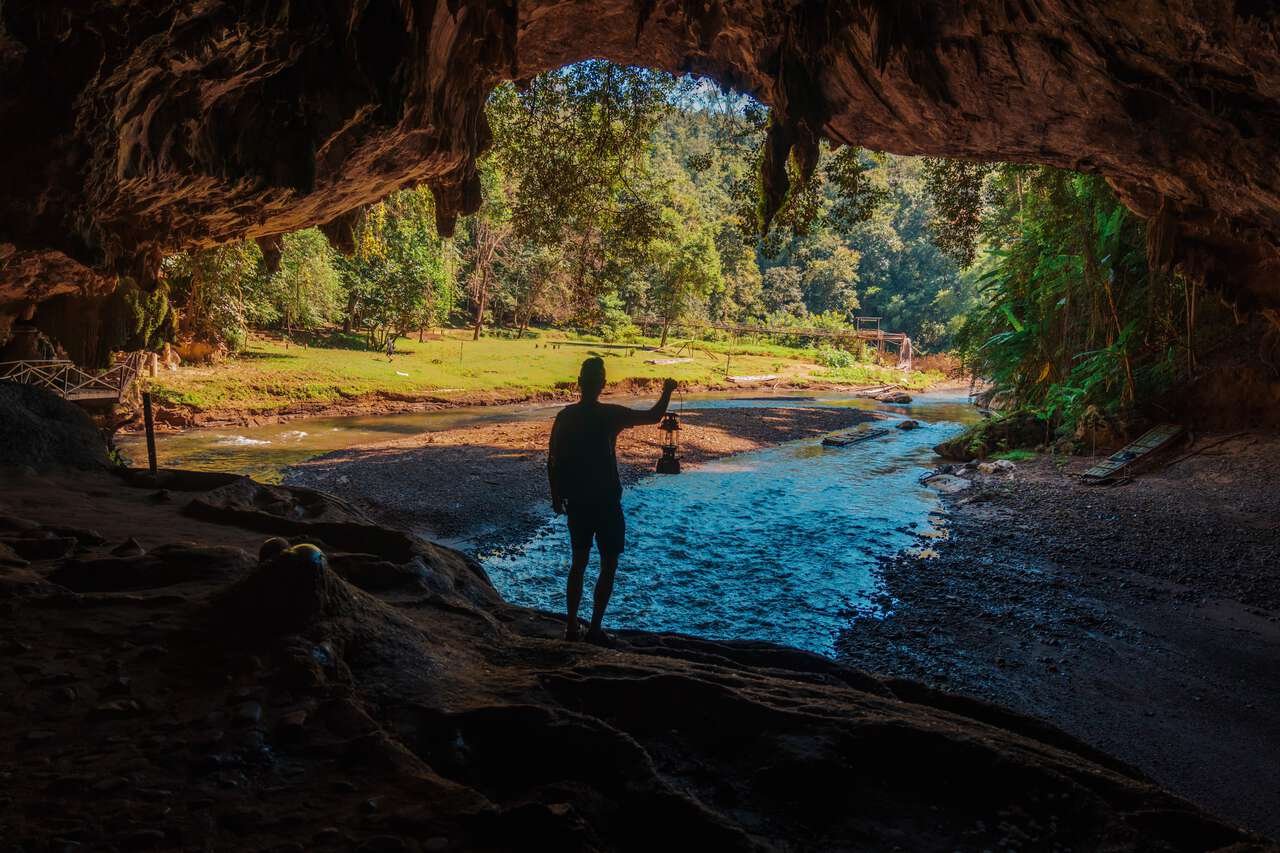
Conclusion
Pai is more than a destination—it’s an experience of peace, beauty, and culture. From trekking through scenic landscapes to soaking in hot springs or sipping coffee in hillside cafés, Pai offers the perfect balance of relaxation and adventure.
Whether you’re seeking authentic culture, outdoor activities, or a laid-back escape, Pai is one of Thailand’s most unforgettable gems.




